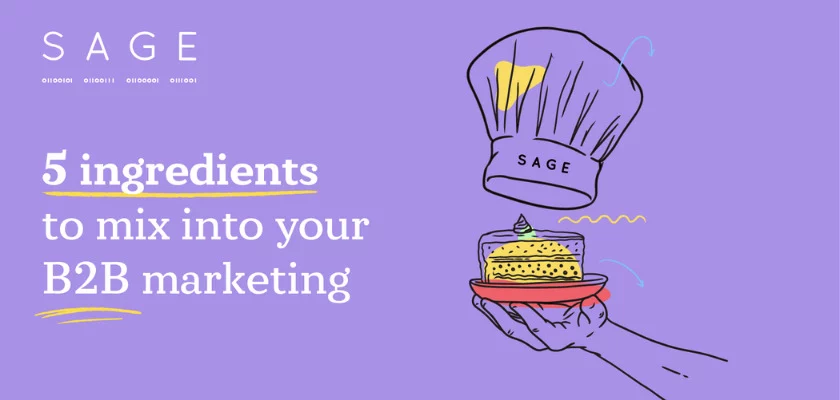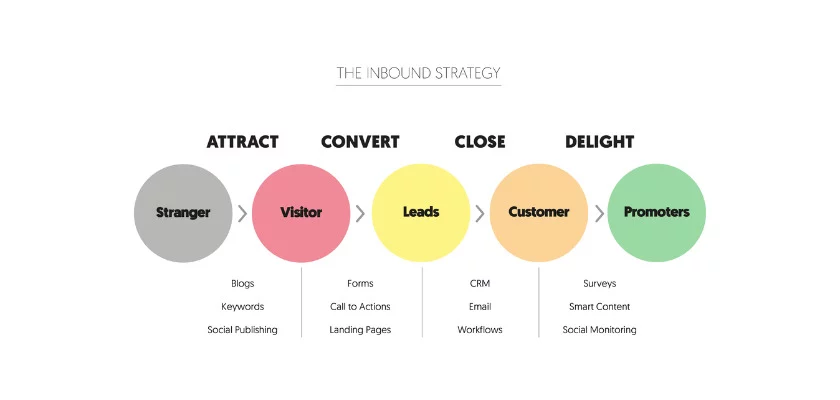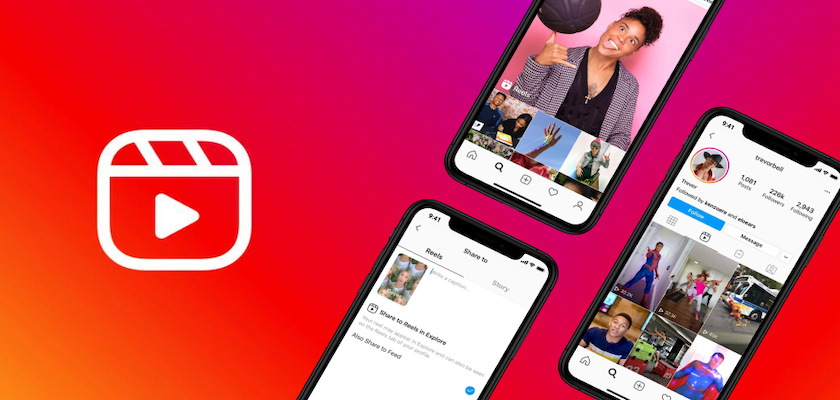5 Activities to Have In Your Mix When Running B2B Tech Marketing
Marketing is an ever-changing industry, with new trends and best practices constantly evolving. In order to execute marketing at the highest level, you have to build relationships with customers, tell your story in an authentic way, garner the attention...

Marketing is an ever-changing industry, with new trends and best practices constantly evolving. In order to execute marketing at the highest level, you have to build relationships with customers, tell your story in an authentic way, garner the attention of your target audience, and constantly analyze your results and adjust accordingly.
It’s the responsibility of marketers to not only stay on top of new trends but also find ways to merge them with the business needs and KPI’s while keeping messaging consistent and engaging.
It can certainly be a lot to handle, and it may sound overwhelming, but don’t fret. If you keep these 5 marketing activities suggested by SAGE Marketing in your mix, you’re on the right track.

1. Customer-Focused Strategy
First, keep in mind that although B2B and B2C have distinct differences, the best marketing strategies for B2B companies these days put customers at the forefront of all of their attention. Why?
Because everything today has to be catered to the consumer’s needs, the internet gives people infinite options for whatever solution they may be looking for, so it is the responsibility of a marketer to show consumers that the solution is the best fit for them.
How do you do this? Make sure the robot button is turned off. Your target audience may comprise C-level executives, but don’t forget that they’re humans, too. So your B2B marketing initiatives must make them feel important.
Make your customers the center of your universe. Because they can feel the difference and are thousand times more likely to listen to you if they feel that you are truly listening to their needs and answering them, instead of just going on about how amazing your solution is.
For example, not all your content needs to include CTAs or be sales-oriented, but rather, you can sometimes give your customers value without expecting anything in return.
The second – is social media. You may be thinking, of course, social media, that’s an obvious one. But it’s not as simple as uploading an organic post on LinkedIn once a month and getting excellent results.
Every day, new social media channels are created, and different audiences spend time on different channels. For example, despite many people’s beliefs that TikTok is just a platform for silly dance videos, the social media application has become a business tool for companies of all segments.
In fact, TikTok has more than doubled its worldwide user base since 2019, and by 2025, it is projected to approach 1 billion users. So, when planning your B2B marketing strategies, social media has to be on your radar in a very real way.
Since the rise of digitalization has not just diversified the channels but also increased the number of time users spend on their devices, this means more places and more opportunities to reach your audience on social media and form lasting impressions. Taking advantage of this opportunity is a must.
So, conduct research. Find out which social media channels are most relevant to your target audience, what content resonates with them and attracts engagement, and build a social media strategy and Gantt chart to plan your different types of content and ensure that your B2B tech marketing social media content stays consistent and diversified.
And, as with all marketing activities, you have to constantly analyze your results and adjust strategy based on what’s working and what isn’t.

3. Optimized Inbound
Inbound marketing is another major component of successful B2B digital marketing strategies. It is a methodology that is designed to attract potential customers through tailored content creation and strategy, as opposed to outbound marketing, which presents your audience with content they may not be interested in.
If you optimize your inbound properly, the pay-off is amazing. Here are the best tactics for great inbound marketing:
Create Engaging Content
Research what makes your target audience tick, and what they’re most interested in, and base your content creation on these topics. You want to intrigue them and provide them real value with your blogs, eBooks, social media posts, whitepapers, and any other content you create.
Smart, relevant content is the only kind of content that will attract potential customers to engage with your company.
Conduct Proper SEO Research and Optimization
Research your content marketing keywords that will reach your target audience and bump your website to the top of their search results. Without incorporating a proper SEO strategy, your content will not be nearly as effective, and your potential customers will have a harder time finding out about your company.
If you’re unsure how to go about optimizing your SEO, you should consider hiring a B2B tech marketing agency to help.
Implement Opportunities for Conversion
Since inbound is all about letting your customers come to you, you have to make it as easy as possible for them to express interest in your product. This is where call to action (CTA) buttons, pop-ups, and chatbots come into play.
CRM platforms like HubSpot are extremely useful in implementing these and therefore increasing engagement and conversion rates.
4. Facts Tell, Stories Sell
Speaking of enticing your customers, a successful marketing strategy for B2B company mimics B2C marketing. Why? Because any B2B company that doesn’t have cohesive branding and storytelling isn’t going to stay in someone’s mind for very long.
Yet still too many startups use chewed-up jargon wrapped in too many facts and data, rather than tell their story.
How can you ensure you don’t make this mistake?
Give your business a human feel, trigger people’s emotions, help them relate to your story and infuse an emotional connection. Remember that your brand and story is the entire identity of your company and must compel your audience to listen and care.
5. Consistent Branding
Last but not least – remember to stay consistent and on-brand across all your marketing channels.
You have a significantly higher success rate of building trust among customers if you have a clear vision and brand that you communicate consistently. And building this trust is vital; without it, your sales cycle will remain long and arduous, whereas if your customers trust you, they will warm up to buying your product quicker.
You also risk confusing your own employees if you don’t have a clearly defined brand with accompanying messaging and positioning.
So, there you have it. If you’re looking to optimize your B2B digital marketing strategies, incorporating these 5 activities will give you a solid foundation and help you ensure you’re covering the bases.

 Aliver
Aliver 











_2.jpg)




















